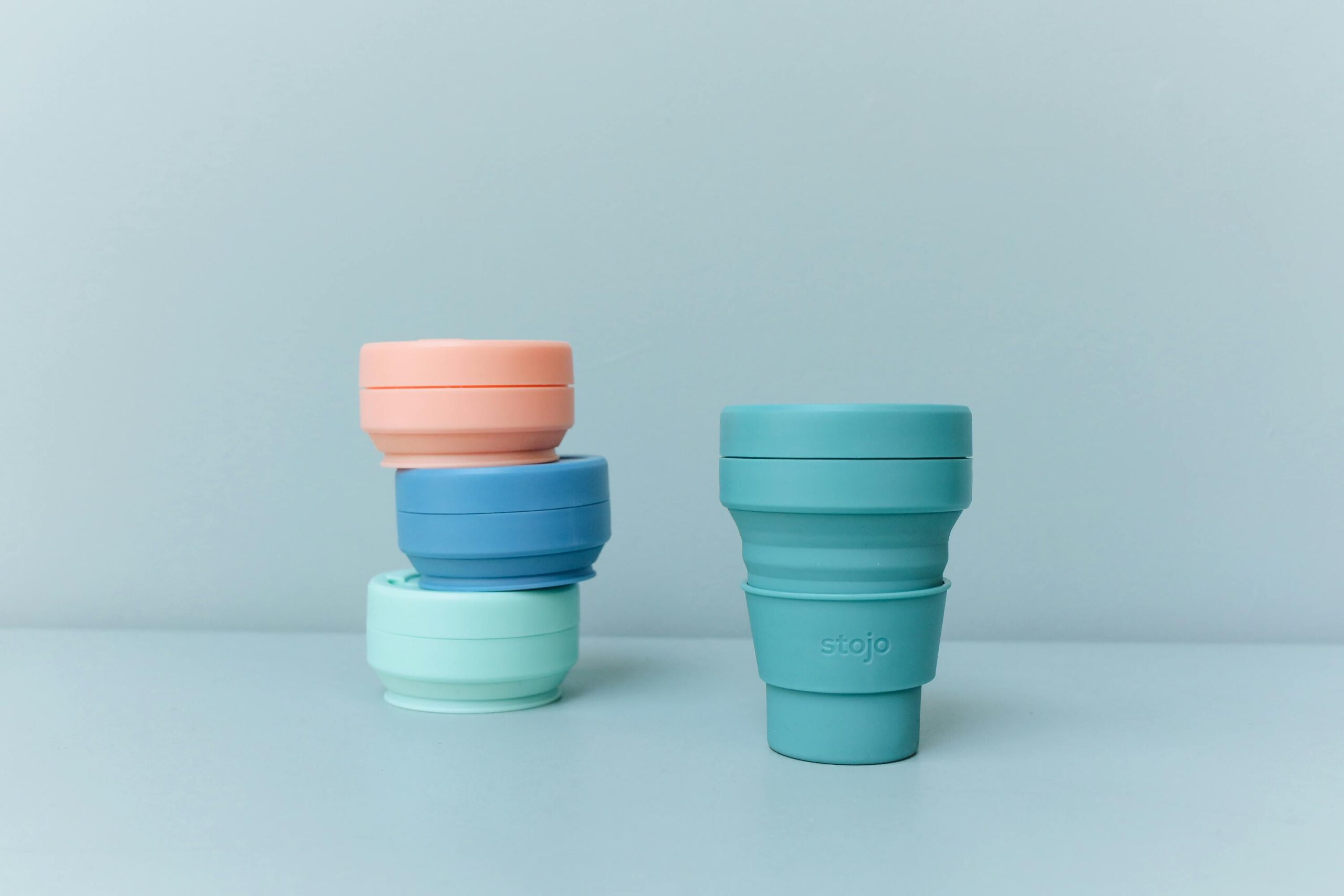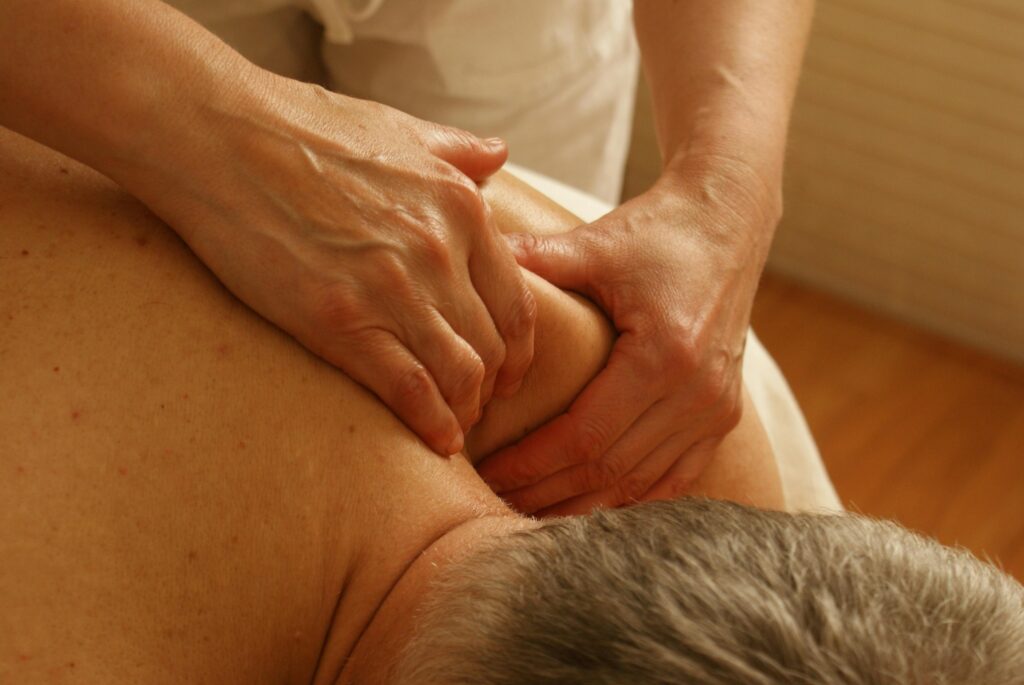Silicone vs. Plastic:
Making A Healthier Choice for a Toxic-Free Lifestyle


In our journey toward a cleaner and healthier lifestyle, the materials we use daily—from kitchenware to food storage—matter more than we realize. Plastic and silicone are two common materials in household items, but how do they impact our health and well-being?
This article explores the differences between silicone and plastic, their health implications, and how silicone aligns with holistic wellness, particularly in cleansing, nourishing, and adopting sustainable habits. If you’re looking to reduce toxic exposure, preserve food quality, and make eco-friendly choices, keep reading to learn why switching to silicone may be the smarter move.
Cleanse: Reducing Toxins from Your Environment
One of the biggest concerns with plastic is its potential for leaching harmful chemicals into food, especially when exposed to heat. Certain plastics contain endocrine-disrupting chemicals (EDCs) such as bisphenol A (BPA) and phthalates, which have been linked to hormone imbalance, reproductive issues, and metabolic disorders.
Even black plastic kitchen utensils, often assumed to be safe, may contain flame retardants and heavy metals that transfer into food when cooking at high temperatures. A recent study highlighted potential health risks associated with black plastic cookware (Wall Street Journal).
How Silicone Helps Detox Your Kitchen:
Unlike many plastics, high-quality, food-grade silicone is more stable, resistant to high temperatures, and less likely to release toxic chemicals into food. This makes it a safer alternative for cookware, baking mats, and food storage bags. However, not all silicone products are created equal, so choosing 100% food-grade, BPA-free silicone is essential for safety.
Nourish: Preserving Food Quality & Nutrient Integrity
The materials we use in cooking and food storage can affect the nutritional value and taste of what we eat. Plastic containers and wraps can absorb flavors and odors, potentially altering food quality. Worse, when heated, plastic can break down and contaminate food with microplastics.
Why Silicone Is a Better Choice:
✅ Non-reactive – Doesn’t absorb odors, flavors, or leach chemicals
✅ Preserves freshness – Airtight, flexible, and durable for food storage
✅ Heat-resistant – Ideal for baking, steaming, and microwave use
✅ Reduces oil usage – Naturally non-stick, requiring less butter or oil when cooking
By choosing silicone baking mats instead of parchment paper and silicone food bags instead of plastic wrap, you’re not only avoiding unnecessary waste but also keeping your food clean and toxin-free.
Adopt Healthy Habits: Sustainability & Long-Term Benefits
Adopting eco-friendly habits isn’t just good for personal health—it’s a step toward a healthier planet. Single-use plastics contribute to pollution and environmental harm, with microplastics found in oceans, food, and even drinking water.
Why Silicone Supports a Sustainable Lifestyle:
♻️ Long-lasting & reusable – Unlike plastic, which degrades over time, silicone is highly durable and can be used for years
♻️ Reduces landfill waste – Switching to reusable silicone food bags instead of single-use plastic zip-locks minimizes plastic waste
♻️ Safer for the environment – While not biodegradable, silicone doesn’t break down into harmful microplastics like traditional plastics
However, it’s worth noting that some studies suggest silicone may degrade under extreme conditions, releasing nano-particles (NCBI). This makes it essential to dispose of silicone products responsibly and opt for high-quality brands.
Final Thoughts: Should You Switch to Silicone?
If you’re looking to reduce toxic exposure, improve food safety, and make more sustainable choices, silicone offers a better alternative to plastic. While it’s not perfect, choosing BPA-free, food-grade silicone for kitchenware, baby products, and storage solutions can support a cleaner, healthier lifestyle.
Key Takeaways:
✔ Silicone is safer than plastic – Less likely to leach toxins when heated
✔ Better for food quality – Doesn’t alter taste or release harmful chemicals
✔ Supports eco-friendly habits – Reusable and durable, reducing plastic waste
Final Tip: Look for certified food-grade silicone to ensure you’re getting the safest, highest-quality products for everyday use. By making small, conscious swaps—like using silicone lids instead of plastic wrap or silicone bakeware instead of disposable trays—you take meaningful steps toward a healthier, toxin-free lifestyle.
References:
- Wall Street Journal – Health Risks of Black Plastic Cookware
- National Center for Biotechnology Information (NCBI) – Nano-Sized Particles Released from Silicone Products
- PubMed – Silicone Toxicology and Health Impacts
Looking for Healthier Alternatives?
At ABC4URHealth.com, we’re passionate about helping you make natural, toxin-free choices for a healthier home. Explore our latest guides on holistic living, detox-friendly habits, and natural product alternatives to enhance your well-being!

